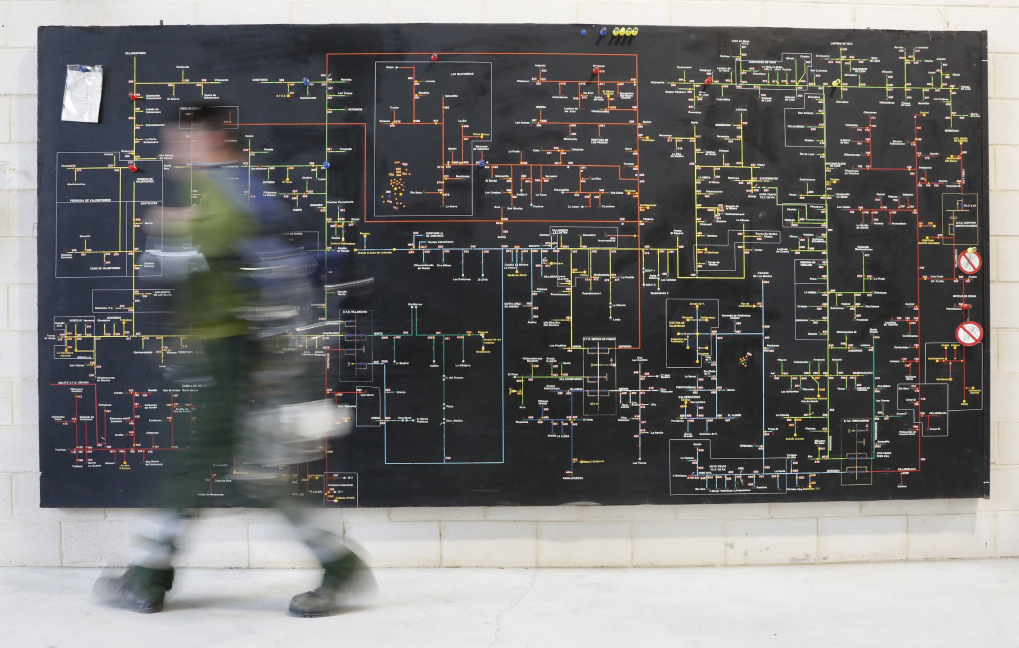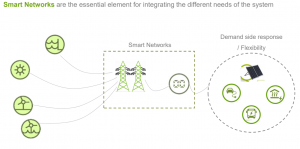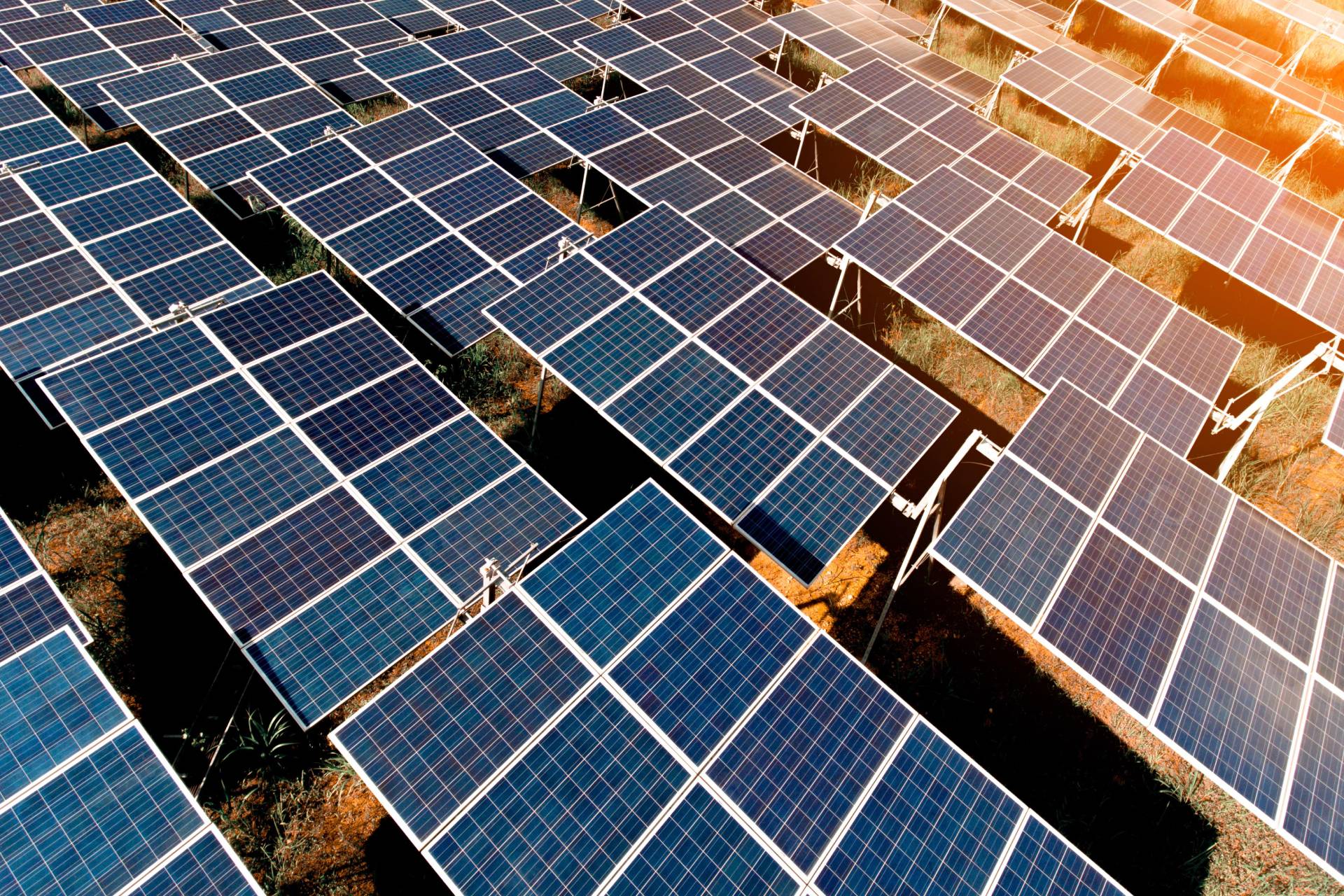
Smart Grids

Smart Grids (SmG)
DSO Role – Distribution Network Operation
In the coming years, the smart grid and the distributor, in its new role as DSO, are key elements for the new needs and requirements of consumers. Projects will be aimed at providing the grid with flexibility so that it can be operated efficiently in all scenarios, and so that it is no longer as “static” as it has traditionally been.

Smart Grids (SmG)
- Electric Mobility: the transition towards an electrified transport model, with the progressive integration of electric vehicles and recharging infrastructures, will require a complete evaluation of the LV grid and secondary substations to establish, through simulations, the necessary reinforcement and connection needs.
- Distributed Generation Integration: capacity mapping will allow maximizing as much as possible the generation integration capacity, ensuring security of supply and in accordance with the planned development of the transmission grid.
- Energy Storage: Storage systems are key to addressing the challenge of the energy transition and are set to become an essential element in the electricity system of the future, because they can improve the quality of electricity supply, ensure the stability and reliability of the grid and integrate and take advantage of the energy generated by renewable sources. In addition, batteries can improve the continuity of supply in contingency situations, as well as take advantage of photovoltaic plants connected to the grid, and even form islands using only renewable energies.
- Microgrids: Microgrids will play a very important role in the near future. Not only do they serve to optimize energy generation or bring it to places that are difficult to access, but they are also an important part of a more sustainable future. Their operation in island mode, isolated from the general grid, will make it possible to guarantee power supply in the event of breakdowns.
- Smart cities: Iberdrola will participate in initiatives where innovative solutions are implemented that integrate Smart grids with distributed generation, electric mobility, sustainable buildings, etc., creating living labs or positive energy districts, which allow validating and optimizing their operation, and studying their replicability.
- Non-Technical Losses: The detection of non-technical losses in grids will be carried out through different solutions: models based on statistical machine learning methodology, protection systems for energy meters, etc.
Customer Experience
In the new energy scenario, customers are beginning to demand experiences. In addition to the usual demands for reliability, safety and prices, they are joining others related to sustainability and control of their consumption. In this scenario, electric utilities must take advantage of digitalization, expanding their product portfolio, providing sustainable, hyper-personalized and connected services that adapt to changes in consumers, businesses and citizens.
SmartGrid
In this area, work continues on the digitization of the smart grid to improve efficiency and prepare the company to play its role as a future distribution system operator (DSO), acting in several areas: 1. Advanced metering infrastructure (including meters, sensors and devices that allow obtaining and processing such data through a communications system); 2. Communications systems (through advanced analysis techniques that facilitate and improve the management of the distribution network); 3. Automation of distribution down to low voltage (remote control, fault detection and self-correction). Intelligent transformer substations (that allow the voltage of the grid to be modified intelligently, which is essential given the level of penetration of distributed resources, photovoltaic, batteries, electric vehicles, etc.); 5. Local and domestic area networks).
Disruptive Technologies
The Networks Business will apply new disruptive technologies, including digital technologies, in a transversal manner, to optimize asset management and operating systems, improve service quality, and contribute to the development of new projects and services:
- Cybersecurity: Faced with the inevitability of cyber attacks, electric utilities, are incorporating cybersecurity management practices into their hardware and software controls and establishing contingency plans.
- Data Warehouse / Inventory: Virtual data acquisition.
- EcoDesign: New environmentally friendly network asset designs.
- New functionalities: Technology that makes it possible to analyze valuable information that is not currently available.
- Prevention and safety: New equipment that minimizes risks.
- Process Efficiency: Process improvement using new technologies (e.g. augmented reality and artificial intelligence for anomaly detection, maintenance, etc.).






